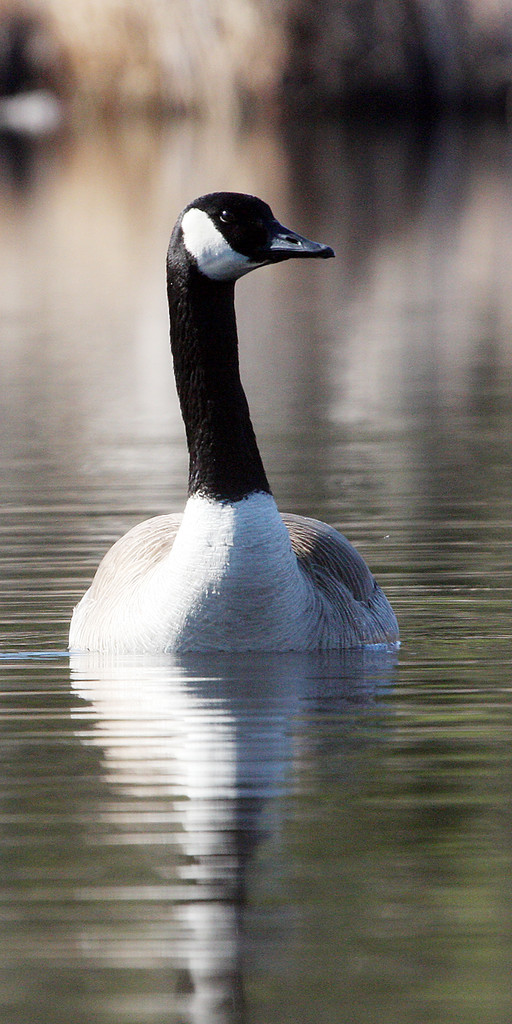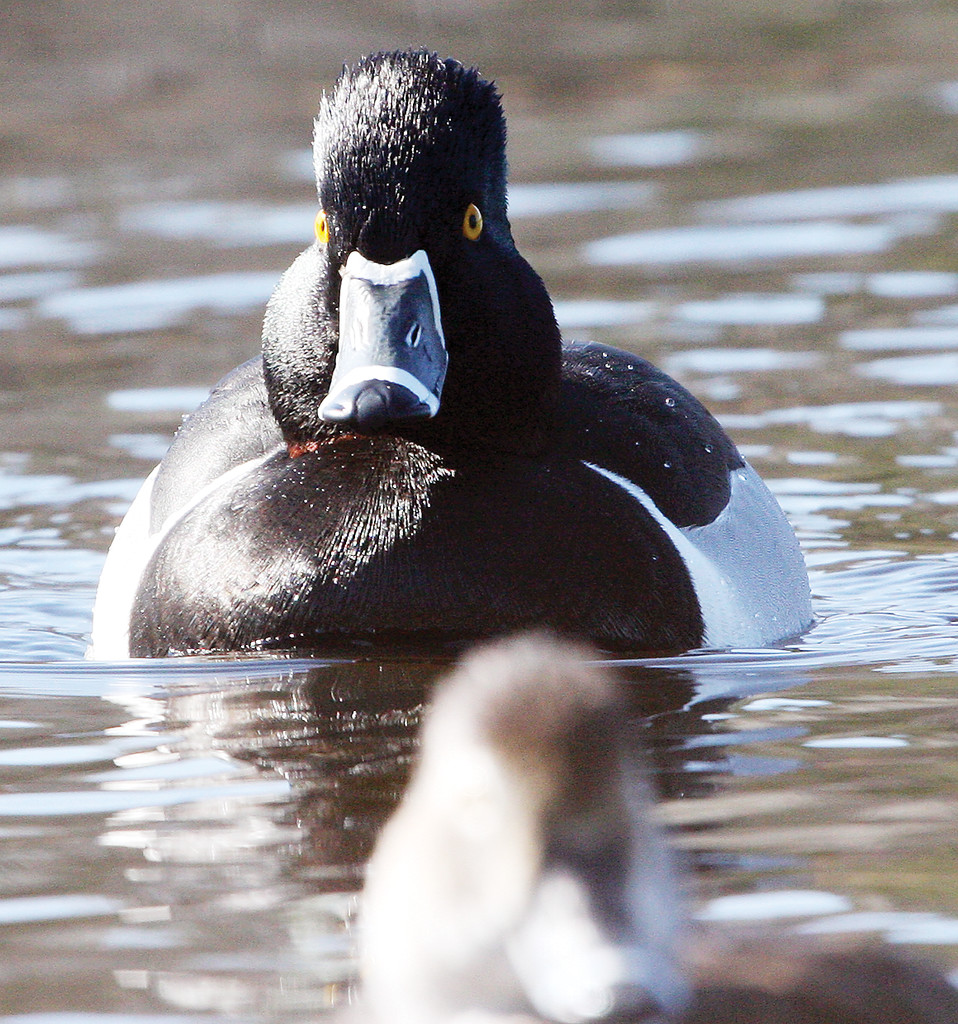Support the Timberjay by making a donation.
Waterfowl WORLD
Beaver ponds provide habitat for ducks, swans, and so much more
Sometimes, wild creatures will surprise you.
I learned that again this past weekend, while shooting photographs for this week’s outdoors section. While perusing Google Earth recently I noticed …
This item is available in full to subscribers.
Attention subscribers
To continue reading, you will need to either log in to your subscriber account, or purchase a new subscription.
If you are a current print subscriber, you can set up a free website account and connect your subscription to it by clicking here.
If you are a digital subscriber with an active, online-only subscription then you already have an account here. Just reset your password if you've not yet logged in to your account on this new site.
Otherwise, click here to view your options for subscribing.
Please log in to continue |
Waterfowl WORLD
Beaver ponds provide habitat for ducks, swans, and so much more
Sometimes, wild creatures will surprise you.
I learned that again this past weekend, while shooting photographs for this week’s outdoors section. While perusing Google Earth recently I noticed that there were literally dozens of beaver ponds within a few miles of our house. Most of them are tucked away back in the woods, most about the size of a football field or slightly larger. Such ponds are temporary by nature, but they can last for years and in the process provide exceptional habitat for many species of birds, like red-winged blackbirds, kingbirds, rails, and a number of species of waterfowl. That’s not to mention their allure for otters, mink, moose, and other mammals.
I figured an early morning visit to a nearby beaver pond would provide a few opportunities for wildlife photography.
I picked a pond that looked relatively easy to access, grabbed my camera and my camo gear and headed off, not quite sure what I’d find.
As it turned out, I found plenty. The red-winged blackbirds were “conk-a-reeing” as I got closer and I could also hear the calls of a pair of trumpeter swans. As I neared the pond, I opted to work in closer from behind the beaver’s dam. The transition from the woods to the dam’s edge required slithering through a thick patch of last season’s cattails and I worried that the crunchy stuff would make so much noise that it would give me away.
Fortunately, most of the waterfowl were a ways off at that point, so I carefully worked my way up to the edge, pulled myself up slowly and peered over the dam through some dried grass. A pair of ring-necked ducks were diving for something not too far from the big beaver lodge located towards the eastern end of the pond. A pied-billed grebe called, breaking the mostly silent morning. A pair of trumpeter swans busied themselves on the opposite shore of the pond, and I was able to get some distant shots of them.
They all appeared oblivious to me and I was able to get my big camera lens into position, where I could watch them going about their mornings. Most of the time wild animals seem to see us coming and so we don’t get to observe their typical behavior, because they’re too busy watching us to act naturally.
After snapping some images, I decided to reposition a few feet down the dam, where there was less grass blocking my view and my camera lens. But there were a number of cattails in my way and by the time I made it to my new location, the pair of ring-necked ducks had apparently noticed the waving stalks of cattails.
As I peered cautiously over the dam’s edge, I realized they were watching.
It was their reaction that surprised me. Far from heading off further away across the pond, the two ducks starting swimming steadily in my direction. I’m sure most beaver ponds located far out in the woods don’t see a whole lot of excitement most of the time, and on this particular morning my minor commotion behind the dam was apparently enough to qualify as something of interest.
Within moments, the two ring-necked ducks were sitting in the water, all of 15 feet in front of me. And, somehow, they managed to communicate, seemingly without sound, with most of the other ducks on the pond. Two minutes later, from out of nowhere, at least three other pairs of ring-neckeds, a mallard drake and a Canada goose all came over to investigate.
They could obviously see the front of my big lens, but how much more than that I couldn’t tell. My camo includes a face shroud, so I was pretty sure they weren’t suspecting a human, at least at that point.
I shot bunches of photos. I had no doubt they could hear the shutter clicks, but those sounds must have simply added to their curiosity, because they showed no sign of leaving.
And they showed no concern, either, as they casually preened and scratched and goofed off right in front of me. Once or twice I worried one of them would climb up on the dam for a closer look and give us all a surprise! It was, without question, the best opportunity I’d ever had to observe ring-necked ducks in the wild.
After about 20 minutes of curious ducks circling my position, it all came to an end. At some point, the waterfowl seemed to have had their fill. I was no longer interesting. Twenty minutes earlier I had been the hottest thing on the beaver pond. But, suddenly I was yesterday’s news. The ducks all swam off, back to where they had come from and I was left by myself, lying belly first on a beaver dam.
I took the hint, and crawled my way back out of the cattails and into the woods. The ducks had their world. Now it was time to return to mine, but at least with a few images to document it all!









